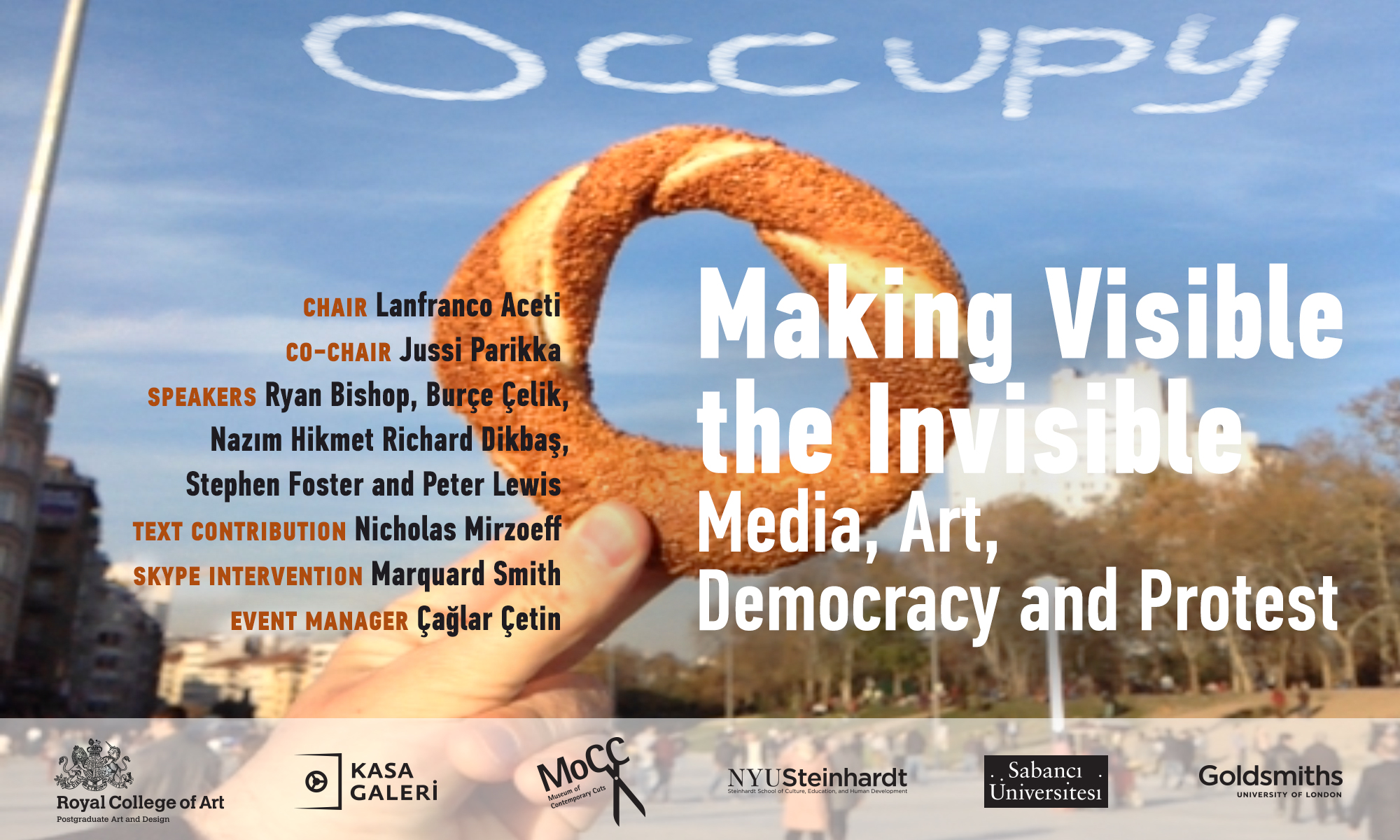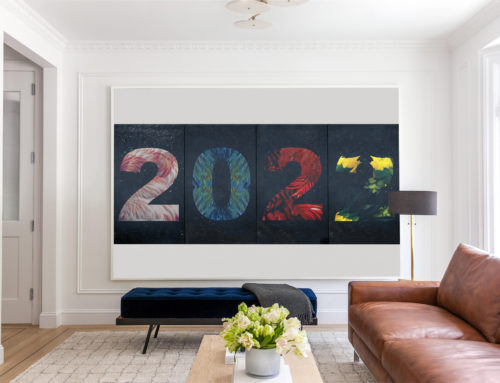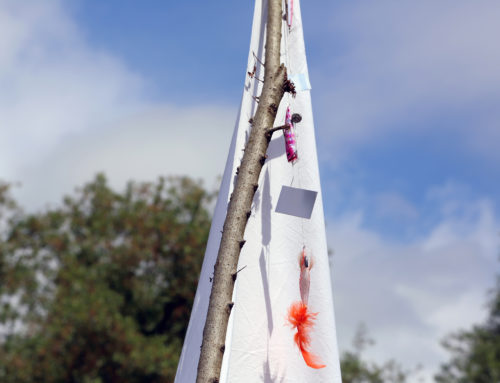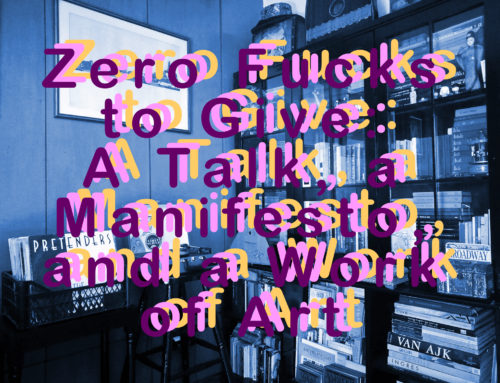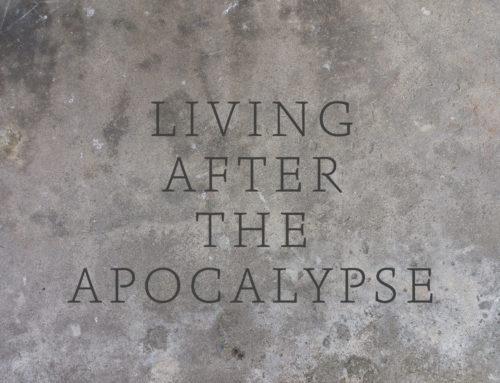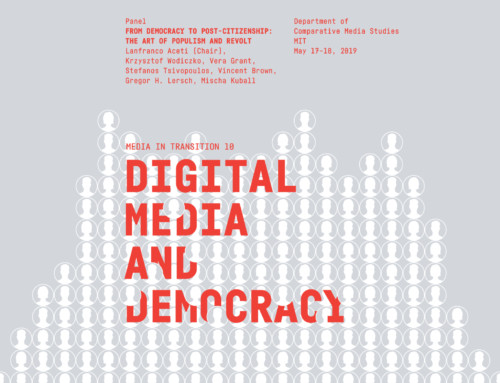Making Visible the Invisible: Media, Art, Democracy and Protest is the title of a panel at Kasa Gallery, Friday November 15, 2013, at 5pm that precedes the opening of the exhibition I Occupy. The panel and the exhibition are inspired by “Why I Occupy,” a text by Nicholas Mirzoeff – Professor at NYU -, and analyze the inheritance of the Occupy Wall Street movement and the contemporary relationship between community, art, politics and economics. Prof. Mirzoeff has produced a video reading of his seminal essay with a new updated commentary, exclusively for Kasa Gallery.
Making Visible the Invisible: Media, Art, Democracy and Protest and I Occupy follow the curated artistic intervention at the Contemporary Istanbul art fair titled YOU CANNOT AFFORD THIS! This series of events coincide with the opening of a new distributed exhibition Jackpot, by the Museum of Contemporary Cuts. There are also a series of Augmented Reality public installations in the city of Istanbul. Why I Occupy is the title of the public AR installation over Gezi Park by Will Pappenheimer with handwriting by Prof. Mirzoeff.
Other installations are: Welcome Plutocrats by John Craig Freeman, Toads of Money by Will Pappenheimer, You Will Be Swept Away by Money by Mark Skwarek and May Gold Fall Upon You by Tamiko Thiel.
The panel will question what is left of the Occupy movement and its worldwide distribution and redistribution as well as the importance of mass participation in the democratic processes. In this context of juxtaposed ideologies of mass exploitation and mass participation stand contemporary democracies, unable to respond to social instances and demands.
What is the role that art should play in this socio-political scenario? Is that of engaging the community and voice criticism through a new series of visual interventions and critical imageries?
Chair: Lanfranco Aceti
Co-chair: Jussi Parikka
Panelists: Ryan Bishop, Burçe Çelik, Nazım Hikmet Richard Dikbaş, Stephen Foster and Peter Lewis
Text and video contribution: Nicholas Mirzoeff
Skype intervention: Marquard Smith
You can follow developments for Lanfranco Aceti Inc., OCR and the Museum of Contemporary Cuts (MoCC) via the newsletter.
SPEAKERS’ BIOGRAPHIES
Ryan Bishop is Professor of Global Art and Politics at the Winchester School of Art, University of Southampton. He co-edits Cultural Politics (Duke University Press) with John Armitage and Doug Kellner, the Theory Now series for Polity Press and serves on the editorial board of Theory Culture & Society. He also co-edits a new series, Technicities, for the Philosophy line at Edinburgh University Press. His most recent books include Comedy and Cultural Critique in American Film (Edinburgh University Press 2013) and Virilio and Visual Culture (co-edited with John Armitage, Edinburgh University Press 2013).
Burçe Çelik received her doctoral degree from McGill University, Communications and teaches at Bahçeşehir University in New Media Department. She has authored a book called Technology and National Identity in Turkey: Mobile Communications and the Evolution of a Post-Ottoman Nation (I.BTauris, 2011) and number of articles in varying journals including Birikim, Toplum ve Bilim, European Journal of Cultural Studies, New Perspectives on Turkey etc.
Nazım Hikmet Richard Dikbaş Nazım Hikmet Richard Dikbaş is an artist, lecturer and translator based in Istanbul. He studied sociology at Istanbul University, and completed his MA in philosophy at the University of Warwick. A member of the groups Zen and Hafriyat, he has also written on art. His own work focuses on concepts such as denial, concealment and violence on individual and social planes, and their theoretical and practical impact across historical and geographical matrices. His work also explores the emergence, design, ownership, dissemination, hybridization and censorship of ‘social’ knowledge.
Stephen Foster has been the Director of the John Hansard Gallery since 1987 and in that time has established a substantial reputation for bringing rigorous research and debate along with interesting public engagement. This includes innovative exhibition programming, major international conferences and ground-breaking education and outreach work. He has been the Chair of VAGA, the British curators association, a number of times and is a Board Member of IKT, the International Association for Curators of Contemporary Art.
Peter Lewis is an artist and curator. He publishes /seconds, the online journal of research into contemporary art practices. The journal has represented a range of new developments in practice since 2004. Previously holding post at Goldsmiths, University of London, as Assistant Director of Curating, and currently as Director of MA Art and Design at Leeds Metropolitan University. From 1999, he was Independent Curator at Kunstverein Bregenz, Austria, in 2003 as Curator of Sharjah Biennale 6. The artistic collaboration with Makiko Nagaya centres on performance and event-based collaborations, continuing his work in 1990s in London. He has recently published ‘Articulating the Event Space’ in E:vent, Archive and Related Material 2003-2011, edited by Colm Lally, Event Media Projects. He is currently invited to curate /seconds projects at Sharjah Art Foundation for 2014 in collaboration with the Director Hoor Al-Qasimi, in the production of related exhibition, performance, and installation.
Nicholas Mirzoeff is Professor of Media, Culture and Communication at New York University. He works in the field of visual culture. He has been working on the genealogy of visuality, a key term in the field. Far from being a postmodern theory word, it was created to describe how Napoleonic era generals ‘visualized’ a battlefield that they could not see. Applied to the social as a whole by Thomas Carlyle, visuality was a conservative strategy to oppose all emancipations and liberations in the name of the autocratic hero. Mirzoeff’s book The Right to Look: A Counterhistory of Visuality was published by Duke University Press (2011). He also produces texts and projects that support the general development of visual culture as a field of study and a methodology. The third Visual Culture Reader was published in 2012 by Routledge. The second fully revised edition of An Introduction to Visual Culture was published in 2009 by Routledge, with color illustrations throughout and new sections of Keywords and Key Images. Mirzoeff works on militant research with the global social movements that have arisen since 2011. He is currently working on a new project on the cultures of climate change in conjunction with the not-for-profit Islands First.
Jussi Parikka is Reader at Winchester School of Art. He has written extensively on biopolitics of network culture, media archaeology and cultural theory of technology. His recent books include Insect Media (2010) and What is Media Archaeology? (2012). He has edited collections such as Medianatures (2011) which focuses on materiality of media culture through electronic waste. Parikka blogs at Machinology (https://jussiparikka.net). From Autumn 2013 Parikka is affiliated with Bahcesehir University, Istanbul.
Marquard Smith is Founding Director of the Institute for Modern and Contemporary Culture; Founder and Editor-in-Chief of Journal of Visual Culture; publishes widely on the visual and cultural study of bodies, technologies, and sexualities in Modernity; has monographs forthcoming with Yale University Press and Reaktion Books; is supervising PhD students on projects around Visual Culture Studies, the body, technology, the human and post-humanism; and is an AHRC Peer Review Panel Member. Prior to arriving at Westminster, Marq was Reader in Visual and Material Culture and Head of Public Programmes in the Faculty of Art, Design, and Architecture at Kingston University, London, where he was co-director of the Visual and Material Culture Research Centre, and Founding Editor of KIOSK, a magazine of art, design, and architecture. He has also taught at Birkbeck, Middlesex, Goldsmiths, Leeds Met, and University of Leeds, and spent time working in the world of commercial publishing as a Commissioning Editor for Reaktion Books. Marq was a Founder (1992) and Editor (1992-98) of the Cultural Studies journal parallax (Routledge/Taylor & Francis), and the Founder and Editor-in-Chief of the international peer-refereed Journal of Visual Culture (Sage, 2000-onwards). As part of this ongoing commitment to developing collaborative projects, he is currently involved in heading three arts and humanities network projects on: Visual Culture Studies in Europe; Bio-Cultures; and the Network for Editors of Interdisciplinary Journals.
Smith has programmed conferences and events at The ICA, Tate, The Whitechapel Gallery, and The Sterling and Francine Clark Art Institute, Williamsburgh, Mass, USA. He has made contributions to recent events at: MIT; Bilgi University, Turkey; University of Cambridge; European Humanities University, Lithuania; Hong Ik, Seoul, South Korea; Goldsmiths; ICA, London; UC Berkeley; The Sterling and Francine Clark Art Institute; Universität Zürich, Switzerland; University of London; Victoria & Albert Museum; Centre d’Art Santa Monica, Barcelona; Utrecht Graduate School of Visual Art and Design; The London Consortium; and the Whitechapel Gallery.

